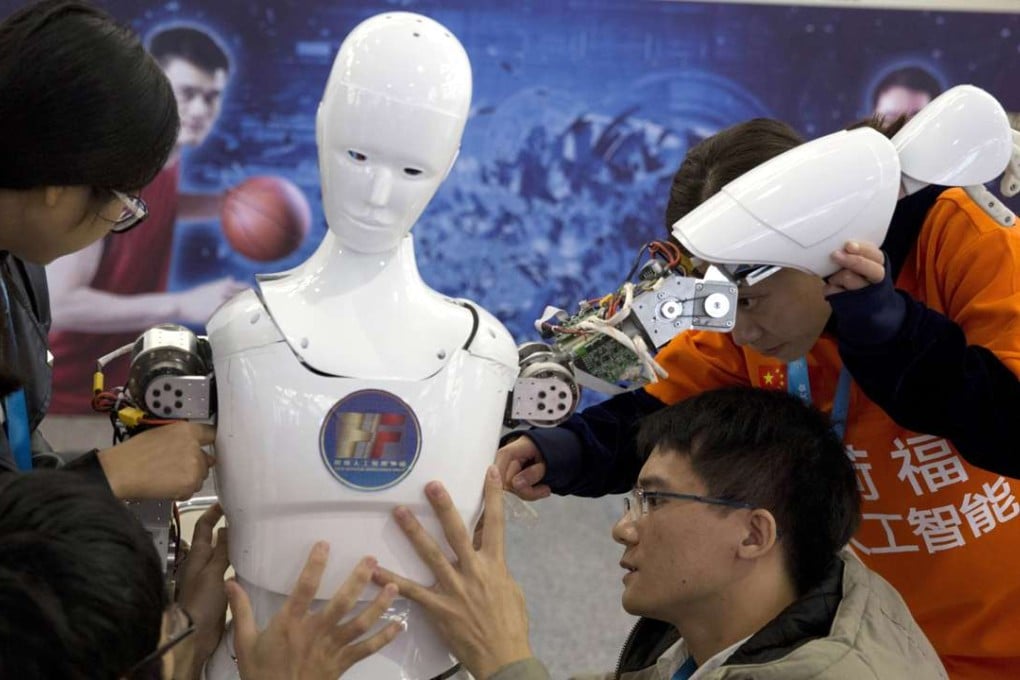What ‘Made in China 2025’ can teach Trump’s America about reviving industry
Richard Kozul-Wright and Daniel Poon say China’s 10-year road map aims for policy and financial support for technological innovation, and institutional foundations for new sources of growth, offering valuable lessons for a US tackling an eroding manufacturing base

China’s industrialisation process, like that of other successful East Asian economies, has combined profit-led investment, active industrial policy and export discipline. But that approach has its limits, exemplified in the numerous developing countries that have attempted to climb the same development ladder, only to become stuck on the middle rungs or even fall back, owing to what Harvard University economist Dani Rodrik has called “premature de-industrialisation”.
Made in China 2025: How Beijing is revamping its manufacturing sector
As part of the strategy, policy and financial support will be provided to spur technological breakthroughs in 10 key areas, including next-generation information technology; high-end computer-controlled machine tools and robotics; space and aviation equipment; alternative-energy vehicles; and biomedicine and high-performance medical devices.
Made in China 2025 has sometimes been portrayed as a return to old-school, top-down mercantilist practices and import-substitution policies. But that reading overlooks China’s active experimentation with industrial and financial policies.
Some developed economies, including the US, are currently seeking to revive their manufacturing bases
In fact, that experimentation may hold valuable lessons for policy evaluation and innovation elsewhere. Not only are many developing countries now devising their own strategies for industrial upgrading and diversification, developed economies, including the US, are currently seeking to revive their manufacturing bases.
Start with industrial policy. According to China’s strategy, by 2025, the country should have a set of internationally competitive multinational firms that have made progress in upgrading their positions in global value chains. Moreover, by that date, key Chinese industries should adopt international efficiency standards related to energy and material consumption and pollution. By 2035, China expects its economy to be fully industrialised.